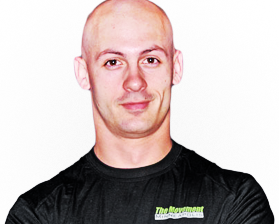
I don’t generally get too excited about the latest scientific paper-with-a-press-release because most of it gets interpreted in a way that is wildly more dramatic than the narrow scope of the actual finding itself.
But when something fun enough comes along that confirms my previously held beliefs sometimes I can get on board.
I don’t know if you heard the news today, but it turns out bread is actually paleo.
The broad strokes are that archaeologists found burned bread in a fireplace (what a waste!) in a site near Jordan, dated around 14,000 years ago. Based on my recollection, previous research had only found grain residue around 30,000 years ago with the assumption that those grains would have then been cooked into bread.
Anyway, it’s just a little piece of evidence for what is obvious to anyone who is able to look at the broad and persistent patterns across cultures and time. We’ve eaten bread for a very, very long time. Let’s call it roughly a quarter of human history. We’ve eaten modern, adulterated, shorthand incantations of bread for less than 50 years. Which do you think is really the problem?
All of this makes for a wonderful segue to a discovery I made this weekend. If you’re a sourdough baker, you know that you’re always looking for ways to use up the discard from feeding your starter. I feed my starter twice a day, and although I keep a small one it still piles up. This simple sourdough coffee cake from Genius Kitchen can be whipped up easily on no notice, and it’s excellent. But that’s not the discovery.
The discovery is that this coffee cake is really best the day it’s made, maybe one more day. If you keep it for 3 or 4 days, it gets pretty dry and flavorless.
But if you slice it up, and make French toast out of it, you have something worth emailing ten thousand people about.


